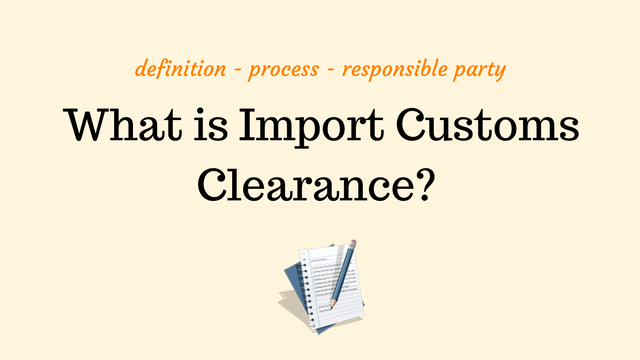Today, I would like to explain some of the basic shipping terms, that define the starting and ending points of the transportation, known as port-to-port, port-to-door, door-to-port and door-to-door shipments, which you may encounter on your daily work routine very frequently as a shipper or consignee.
Let me start my explanations with port to port shipments.
Port to Port Shipment
“Port to Port Shipment” defines a type of shipment, which commences at the
Port of Loading and ends at the
Port of Discharge.
Port to Port shipment or Port to Port delivery is the basic form of sea freight transportation, which is used by carriers for hundreds of years.
Bill of lading is the generic name of the transport document, commonly used in Port to Port shipments. It is also known as port to port bill of lading, marine bill of lading or ocean bill of lading.
Thanks to the technological improvements in logistics sector and standardization achieved by containerization, now carriers, actual or contractual, can offer more flexible transport options to their clients.




